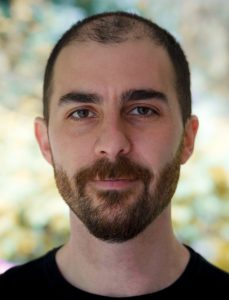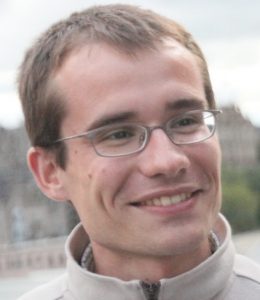 Tunç Aydın is a Research Scientist at Disney Research located at the Zürich Lab. My current research primarily focuses on image and video processing problems that address various movie production challenges, such as natural matting, green-screen keying, color grading, edge-aware filtering, and temporal coherence, among others. I have also been interested in analyzing visual content in terms of visual quality and aesthetic plausibility by utilizing knowledge of the human visual system. In my work I tend to utilize High Dynamic Range, Stereoscopic 3D, and High Frame-rate content, in addition to standard 8-bit images and videos.
Tunç Aydın is a Research Scientist at Disney Research located at the Zürich Lab. My current research primarily focuses on image and video processing problems that address various movie production challenges, such as natural matting, green-screen keying, color grading, edge-aware filtering, and temporal coherence, among others. I have also been interested in analyzing visual content in terms of visual quality and aesthetic plausibility by utilizing knowledge of the human visual system. In my work I tend to utilize High Dynamic Range, Stereoscopic 3D, and High Frame-rate content, in addition to standard 8-bit images and videos.
Prior to joining Disney Research, I worked as a Research Associate at the Max-Planck-Institut für Informatik from 2006-2011, where I obtained my PhD degree under the supervision of Karol Myszkowski and Hans-Peter Seidel. I received the Eurographics PhD award in 2012 for my dissertation. I hold a Master’s degree in Computer Science from the College of Computing at Georgia Institute of Technology, and a Bachelor’s degree in Civil Engineering from Istanbul Teknik Universitesi. His talk takes place on Wednesday, November 1, 2017 at 13:00 in room A112.
Extracting transparent image layers for high-quality compositing
Compositing is an essential task in visual content production. For instance, a contemporary feature film production that doesn’t involve any compositing work is a rare occasion. However, achieving production-level quality often requires a significant amount of manual labor by digital compositing artists, mainly due to the limits of existing tools available for various compositing tasks. In this presentation I will talk about our recent work that aims on improving upon existing compositing technologies, where we focus on natural matting, green-screen keying, and color editing. We tackle natural matting using a novel affinity-based approach, whereas for green-screen keying and color editing we introduce a “color unmixing” framework, which we specialize individually for the two problem domains. Using these new techniques we achieve state-of-the-art results while also significantly reducing the manual interaction time.
